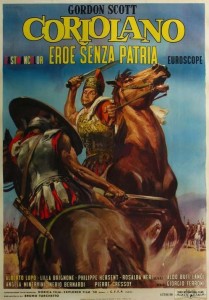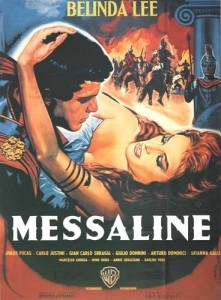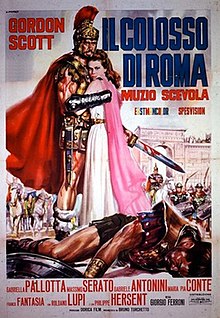
Lucius Tarquinius Superbus was the legendary seventh and final king of Rome, reigning 25 years until the popular uprising that led to the establishment of the Roman Republic. He is commonly known as Tarquin the Proud, from his cognomen Superbus.

Gaius Mucius Cordus, better known with his later cognomen Scaevola, was an ancient Roman youth, possibly mythical, famous for his bravery.

Lucius Junius Brutus was the semi-legendary founder of the Roman Republic, and traditionally one of its first consuls in 509 BC. He was reputedly responsible for the expulsion of his uncle the Roman king Tarquinius Superbus after the suicide of Lucretia, which led to the overthrow of the Roman monarchy. He was involved in the abdication of fellow consul Tarquinius Collatinus, and executed two of his sons for plotting the restoration of the Tarquins.

Lars Porsena was an Etruscan king (lar) known for his war against the city of Rome. He ruled over the city of Clusium. There are no established dates for his rule, but Roman sources often place the war at around 508 BC.

The gens Tarquinia was a plebeian family at ancient Rome, usually associated with Lucius Tarquinius Priscus and Lucius Tarquinius Superbus, the fifth and seventh Kings of Rome. Most of the Tarquinii who appear in history are connected in some way with this dynasty, but a few appear during the later Republic, and others from inscriptions, some dating as late as the fourth century AD.
Demaratus, frequently called Demaratus of Corinth, was the father of Lucius Tarquinius Priscus, the fifth King of Rome, and the grandfather or great-grandfather of Lucius Tarquinius Superbus, the seventh and last Roman king.

The gens Mucia was an ancient and noble patrician house at ancient Rome. The gens is first mentioned at the earliest period of the Republic, but in later times the family was known primarily by its plebeian branches.

Thunder of Battle is a 1964 Italian historical drama film set in Rome in 493 BC. The plot is an adaptation of the Roman legend about the general who won great victories for the Romans over their enemies the Volscians, but was then forced into exile by his political enemies at home.

The Magnificent Gladiator is a 1964 Italian sword-and-sandal film written and directed by Alfonso Brescia.

Horatius Coclès is an opera in one act and nine scenes by the French composer Étienne Nicolas Méhul with a libretto by Antoine-Vincent Arnault. It was first performed at the Paris Opéra on 18 February 1794. It is based on the Roman legend of Horatius Cocles.

Goliath and the Vampires is a 1961 Italian peplum film directed by Sergio Corbucci and Giacomo Gentilomo.

Rome Against Rome is a 1964 Italian peplum film directed by Giuseppe Vari.

Giants of Rome is a 1964 international co-production sword and sandal set in the Gallic Wars. It was directed by Anthony Dawson and starred Richard Harrison and Wandisa Guida. The film involves a handpicked group of expert soldiers infiltrate the enemy's stronghold to locate and destroy a secret weapon prior to the Battle of Alesia.

Hercules Against Rome is a 1964 peplum film directed by Piero Pierotti.

Amazons of Rome is a 1961 peplum film. During production, tensions brewed between Louis Jourdan and director Vittorio Cottafavi which led to Cottafavi being replaced with Carlo Ludovico Bragaglia.

Messalina is a 1960 Italian peplum film directed by Vittorio Cottafavi.

Hercules Against the Barbarians is a 1964 Italian peplum film directed by Domenico Paolella.

The Fall of Rome is a 1963 Italian peplum film written and directed by Anthony Dawson.

The Terror of Rome Against the Son of Hercules is a 1964 peplum film directed by Mario Caiano and starring Mark Forest and Marilù Tolo.

The Ca' Dolfin Tiepolos are a series of ten oil paintings made c.1726–1729 by Giovanni Battista Tiepolo for the main reception room or salone of the Palazzo Ca' Dolfin, the palazzo of the patrician Dolfin family in Venice. The paintings are theatrical depictions of events from the history of Ancient Rome, with a typically Venetian emphasis on drama and impact rather than historical accuracy. They were painted on shaped canvases and set into the architecture with frescoed surrounds.



















